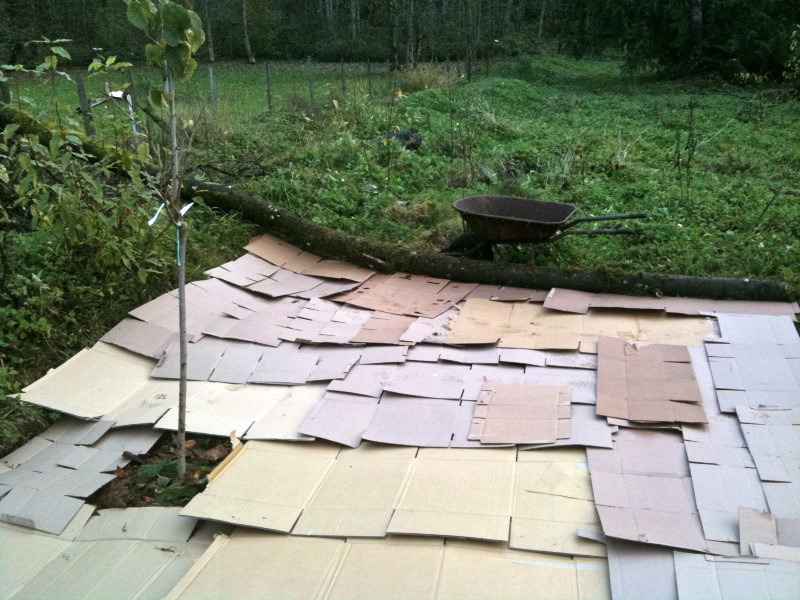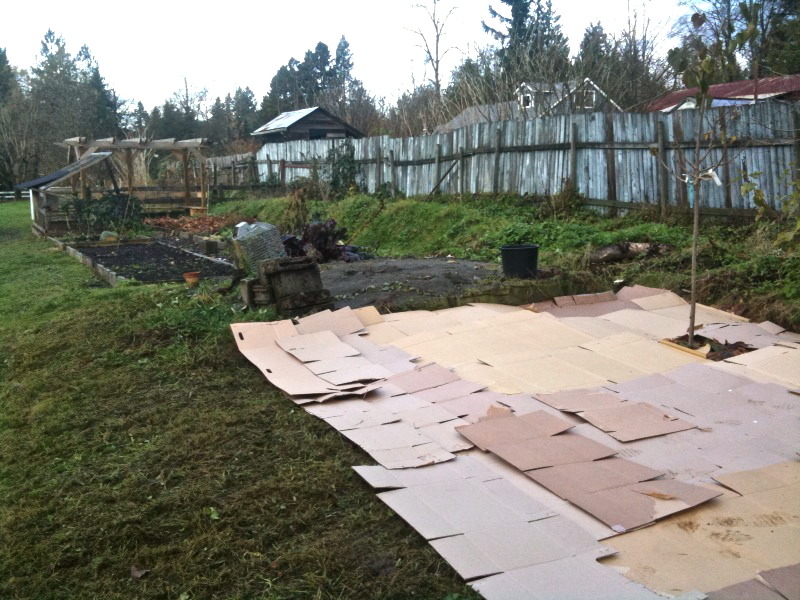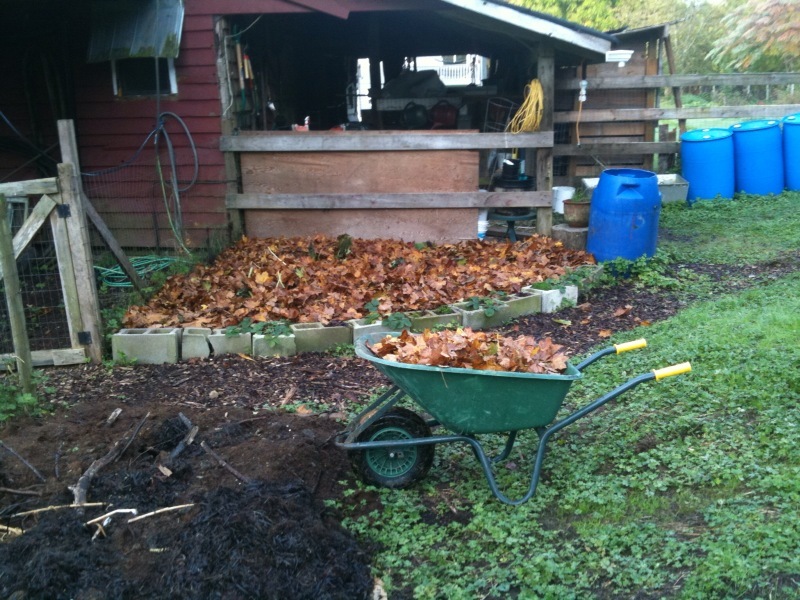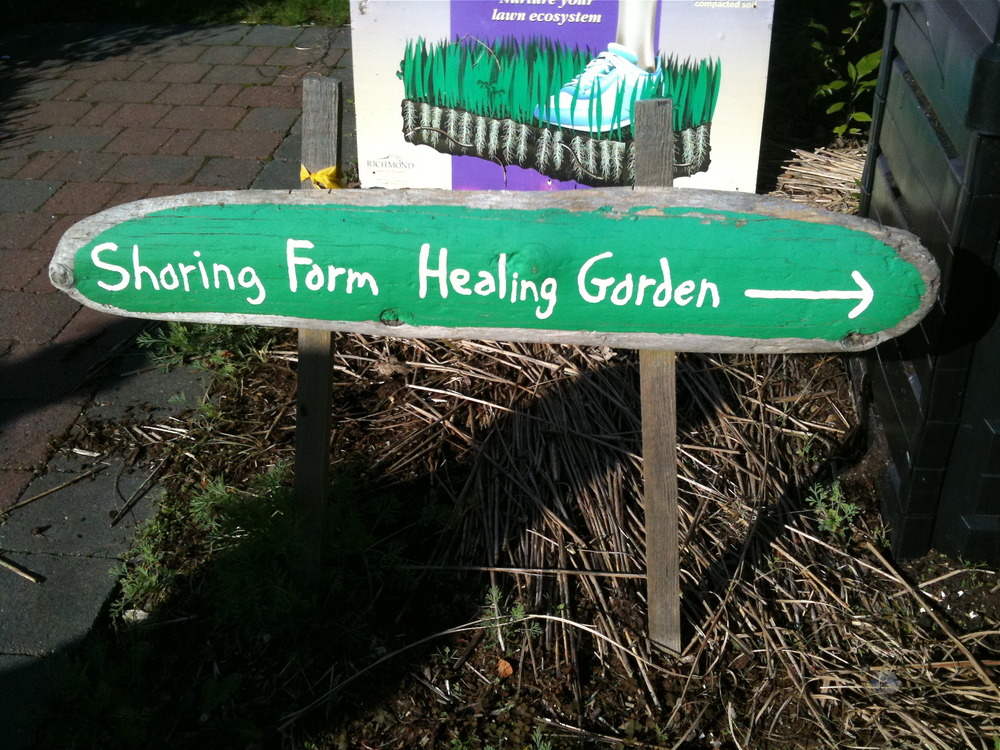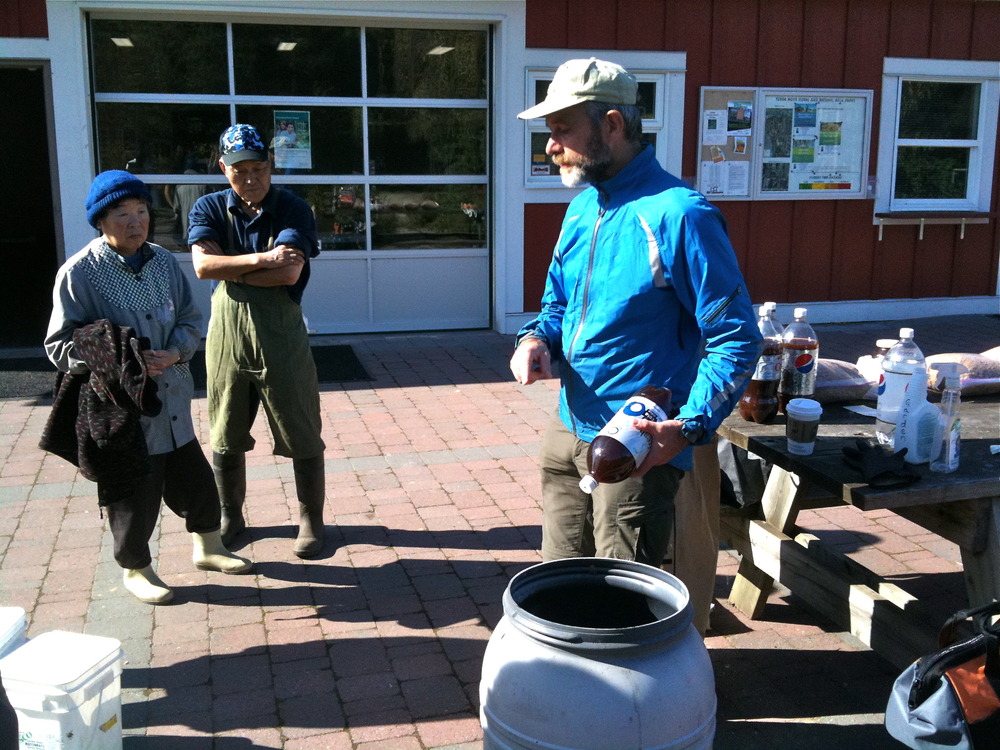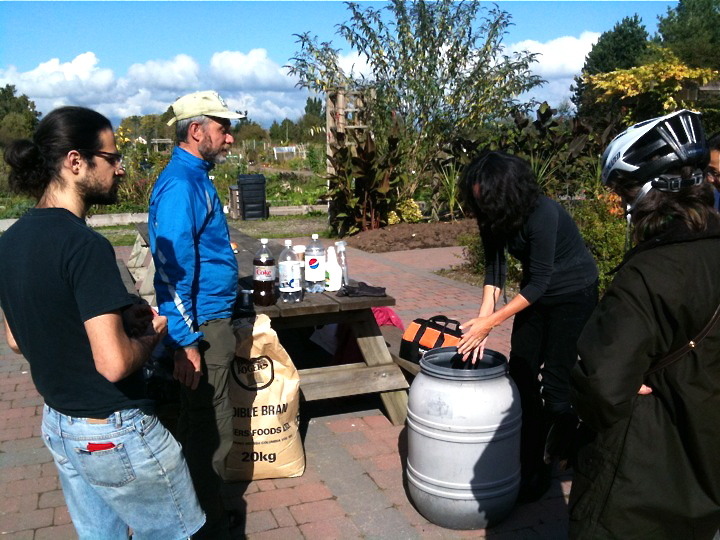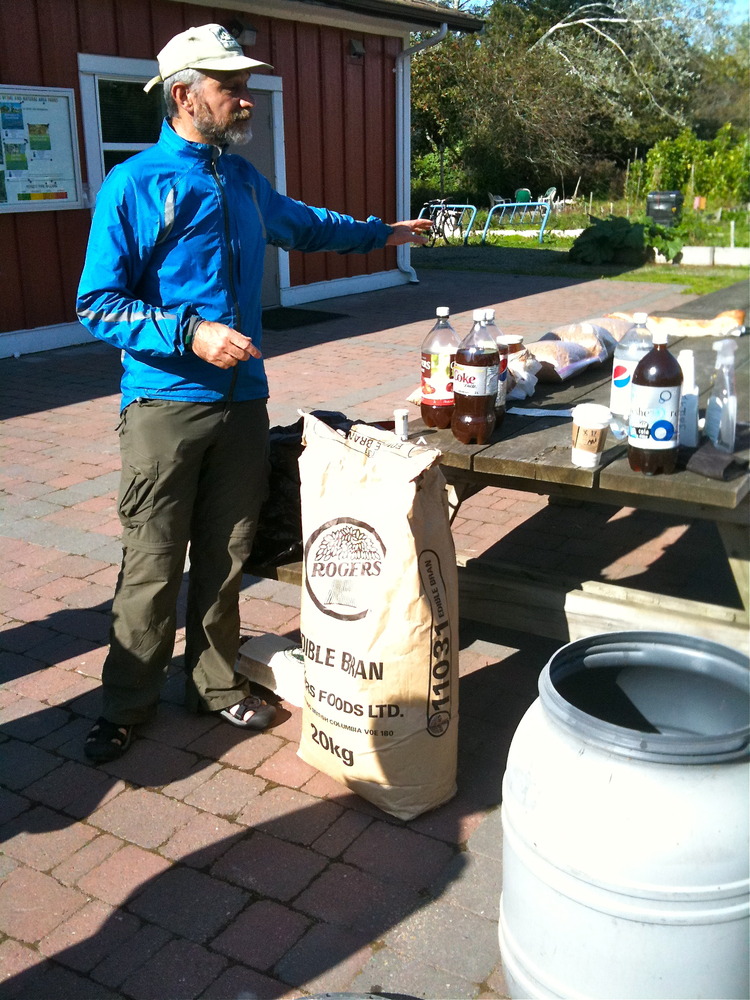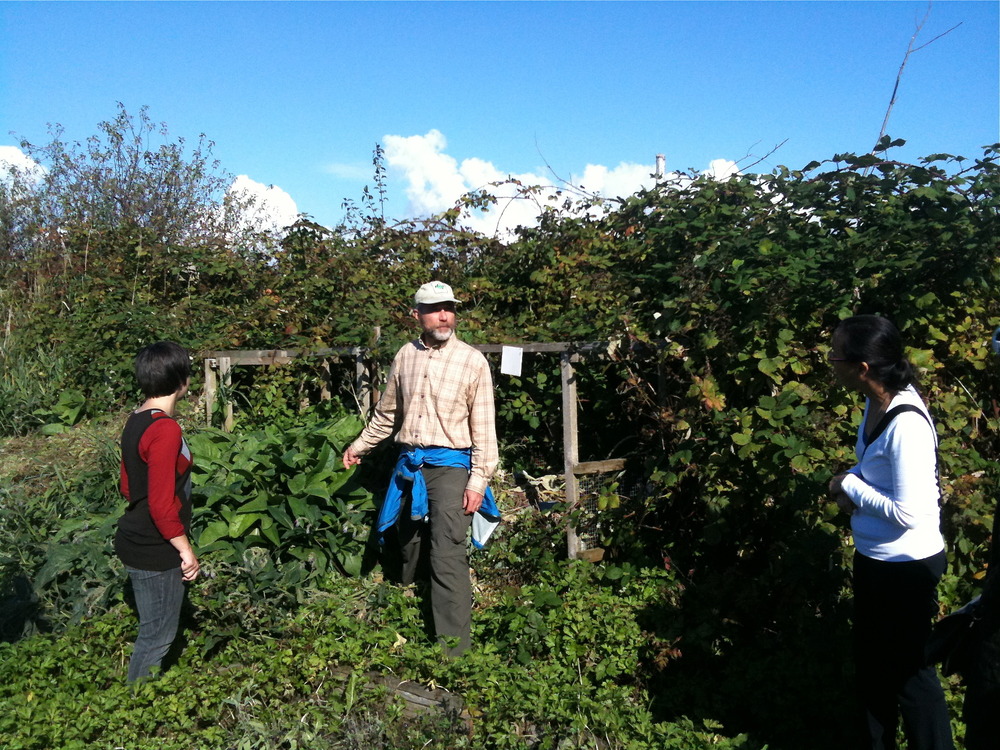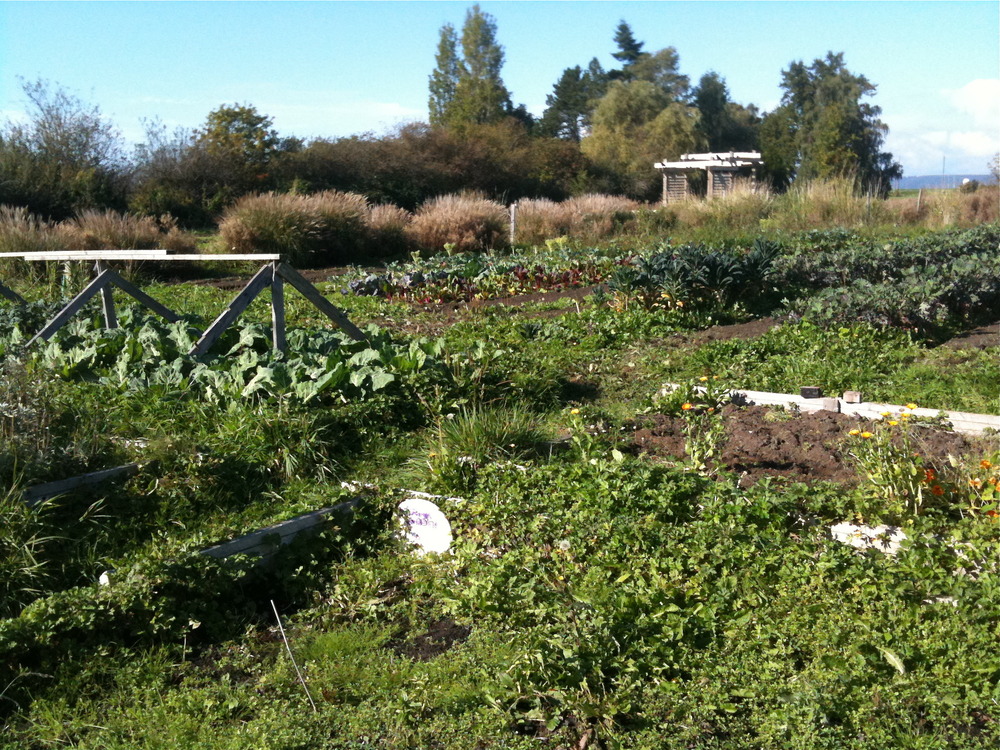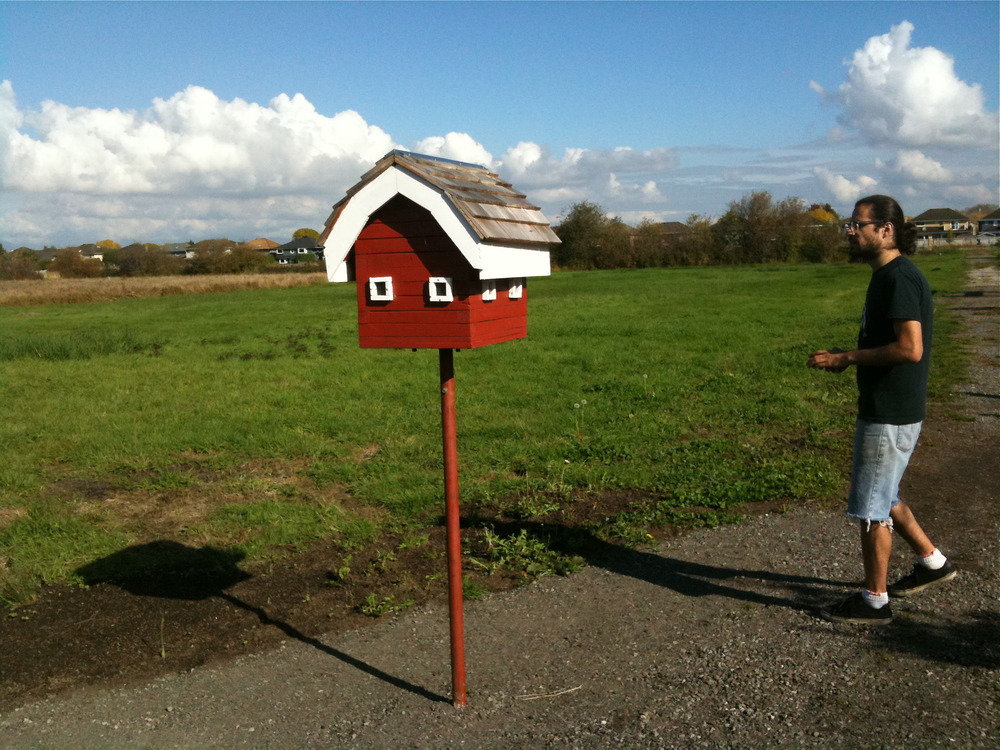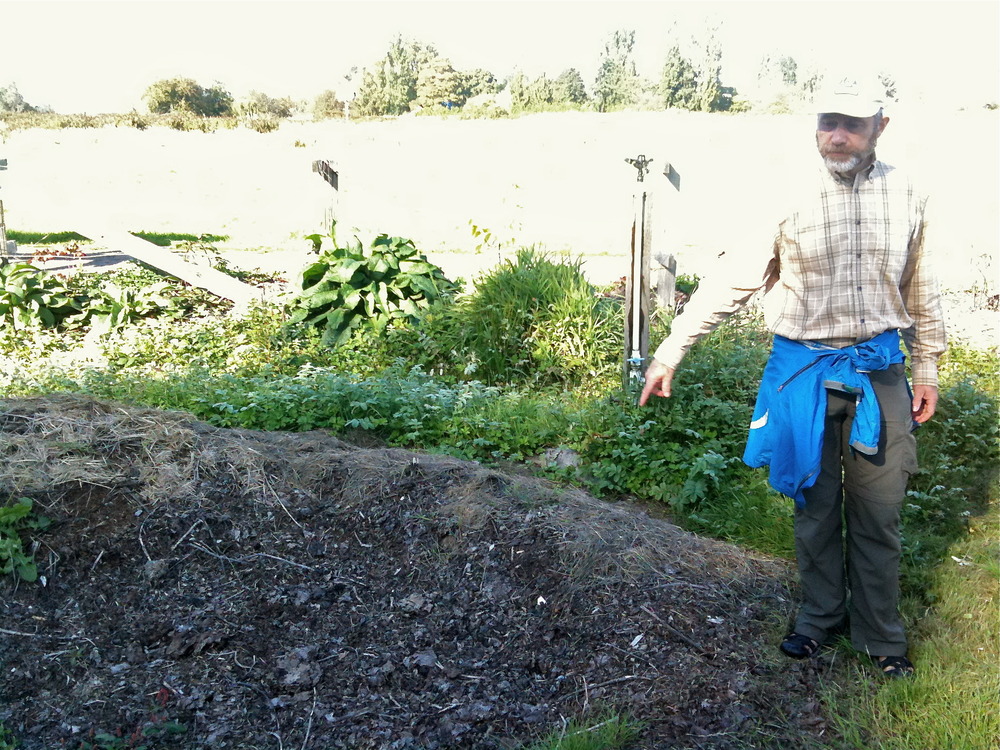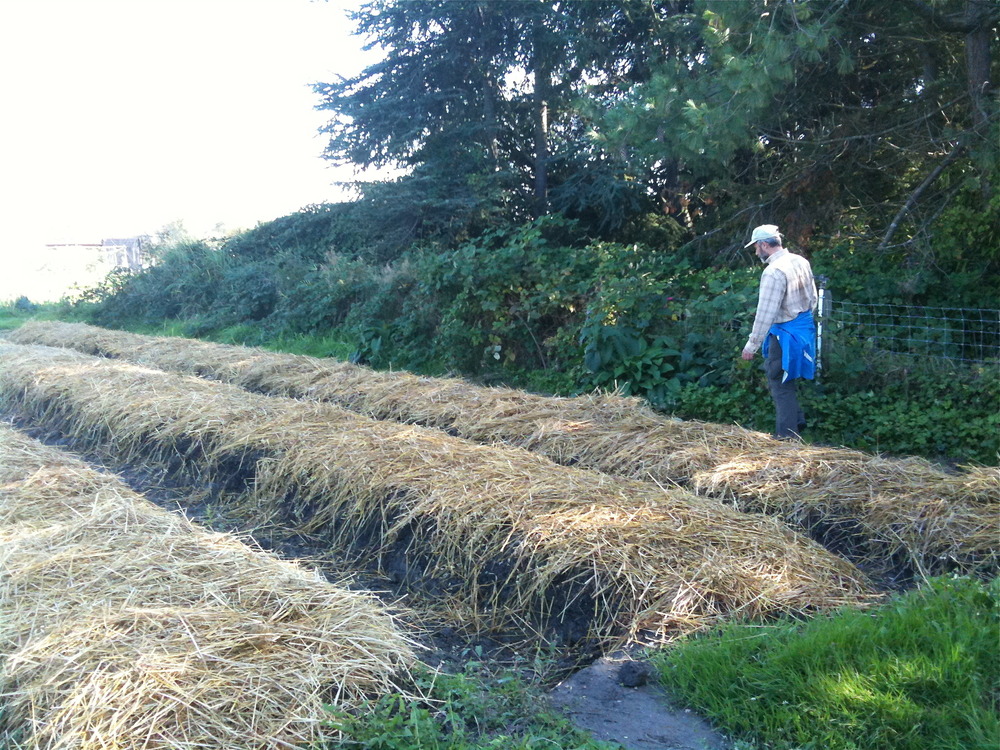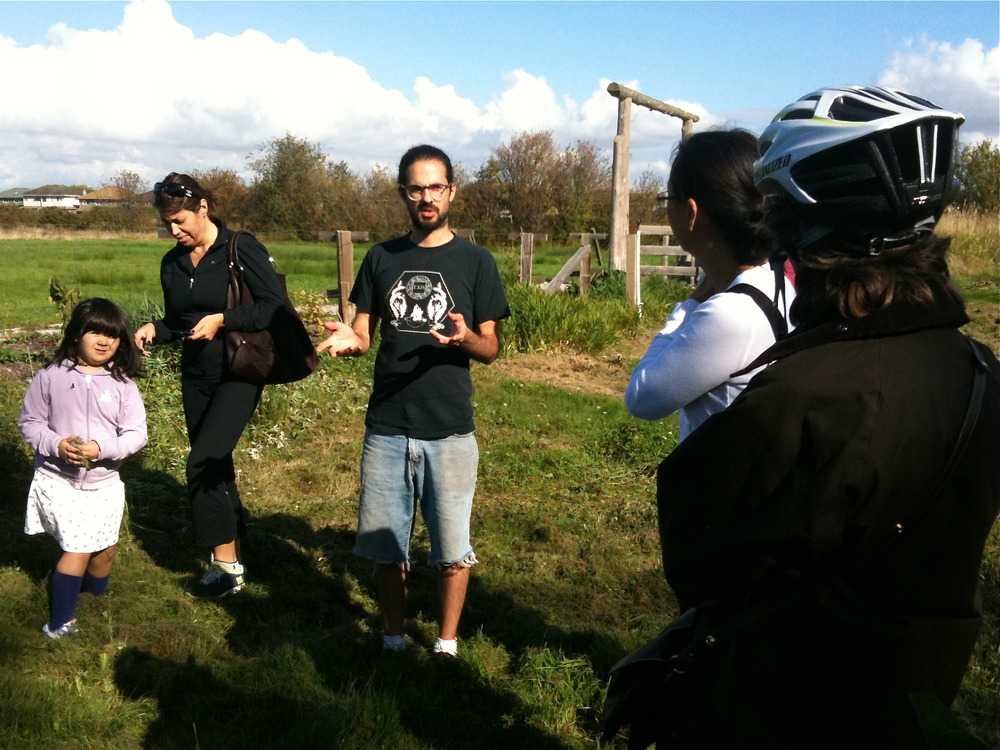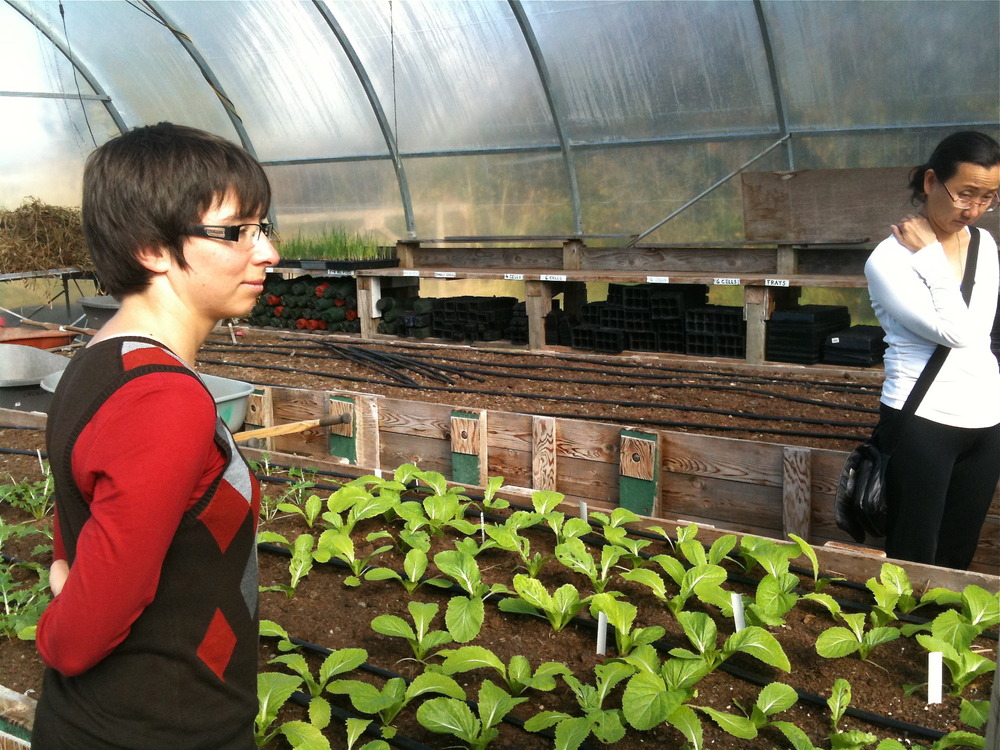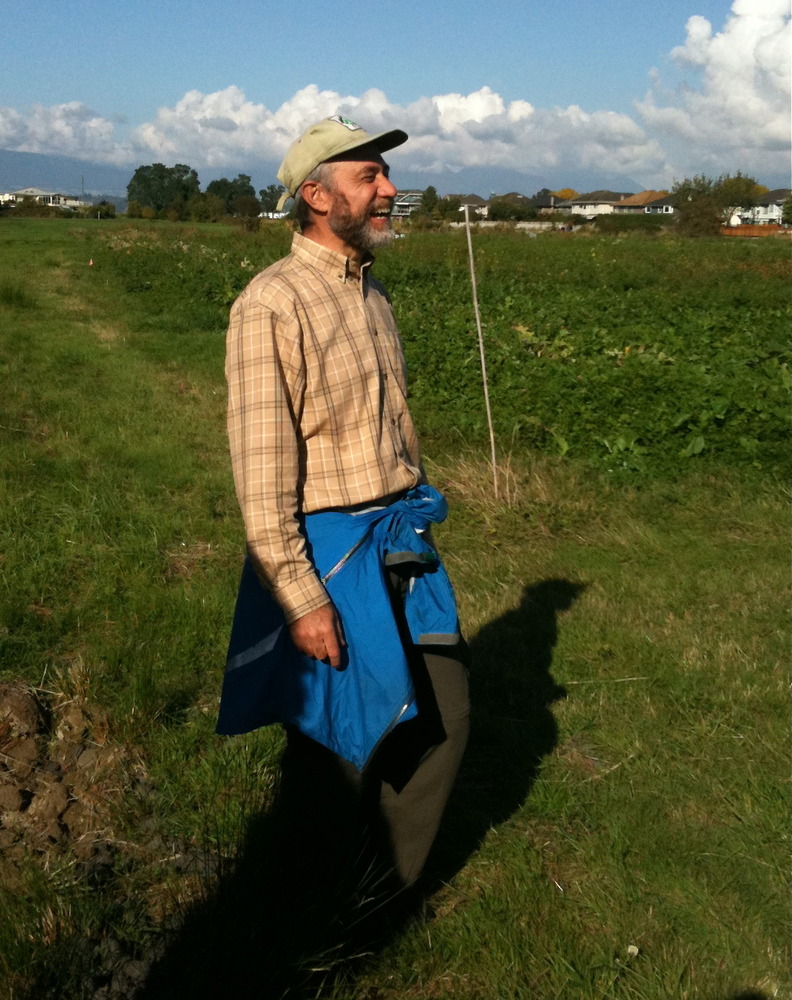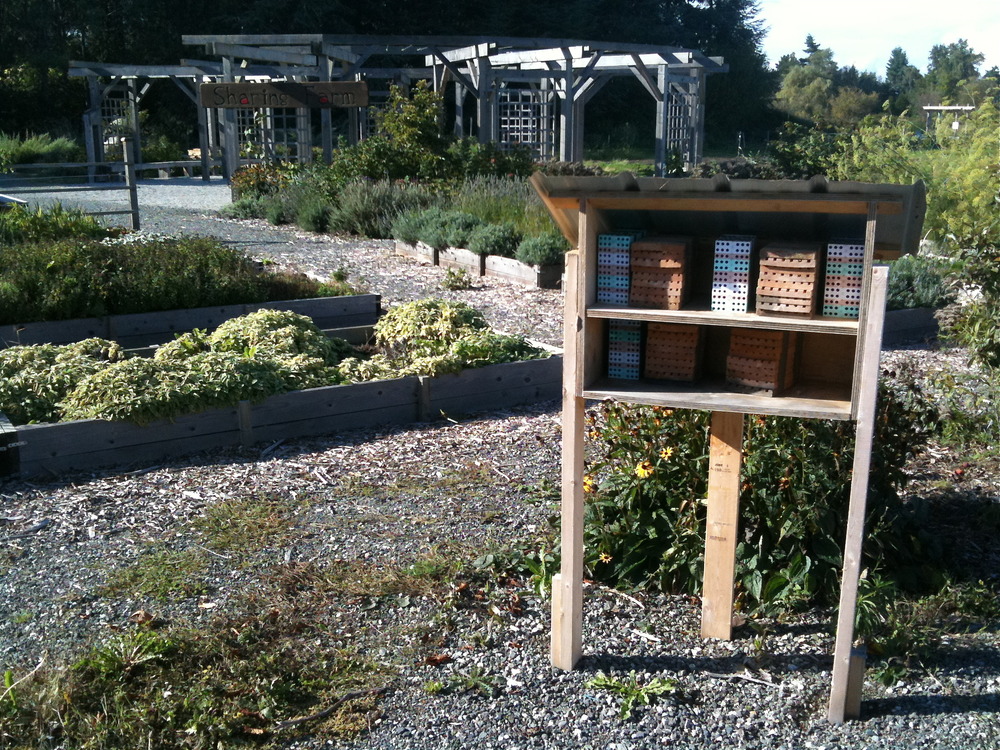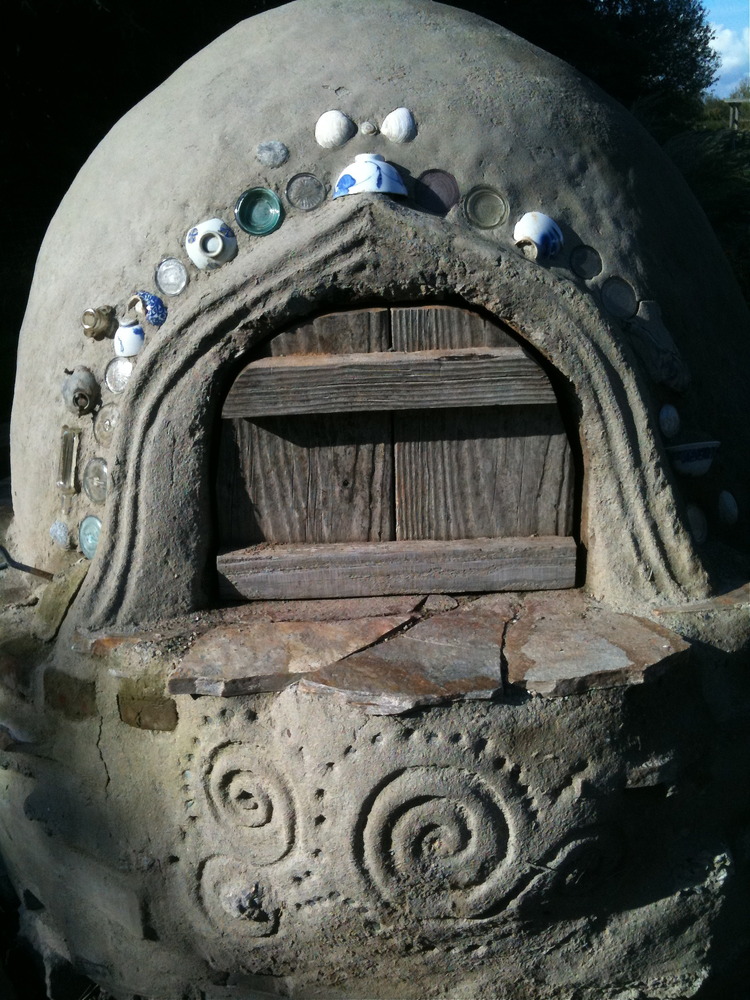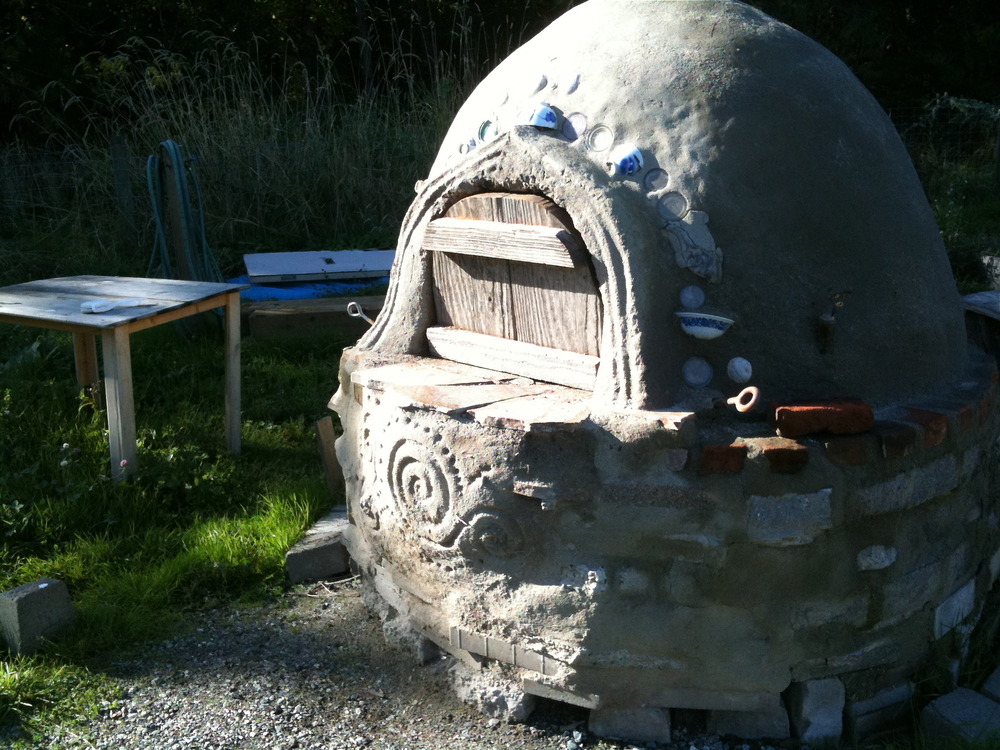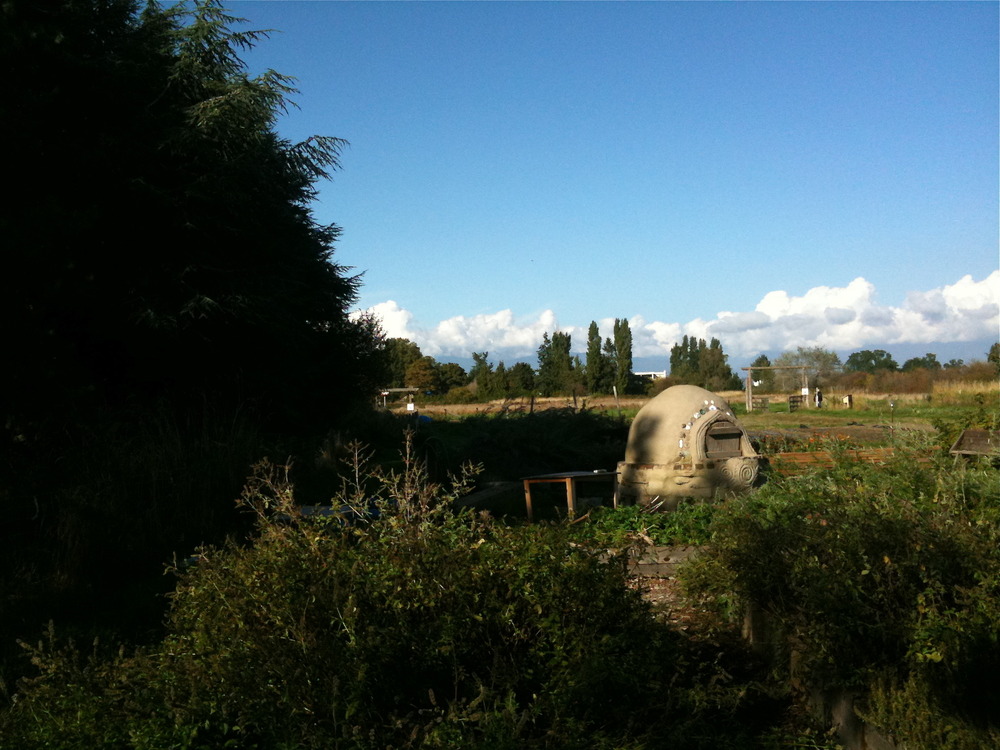Before you toss your cardboard boxes in the recycling bin, ask yourself if you can use them in your garden (and if not, we can!). Sheet mulching with cardboard is a popular way to prepare garden beds without having to dig and rototill through thick weeds and grass. It’s also a great way to create weed-free garden beds (at least weed-free from the start :).
Given our buttercup-strewn property, digging up new planting areas is a challenge. It’s impossible to create new garden beds without having them full of buttercup seeds from the start unless we practice some form of mulching. We’ve been trying out a few different techniques, including hugelkulture and lasagna gardening.
For newcomers to this kind of talk, mulch is a protective cover of compostable materials (such as cardboard, leaves, straw, woodchips, wool, etc) put on top of soil to help suppress weed growth while retaining moisture, reducing erosion and providing nutrients. It mimics the leaf and fallen branch covers we find on forest floors.
It’s something that I wasn’t really aware of until I moved out here on the farm and started learning from others and doing my own research. Now it’s something that I’m relying on as I start up new garden bed areas on the farm for next year’s plantings.
A couple weeks ago, we bought a black mulberry tree and Chris planted it on the east side of the concrete platform beside our raised beds (the concrete platform is where we’re planning on building our greenhouse). Yesterday, I mowed down the long grass and weeds in the area surrounding the new tree and covered it all with a solid layer of uncontaminated cardboard (which was great timing before last night’s big snowfall on everything!).
The cardboard will help suppress the weeds in that area and form the foundation of a new garden bed. Soon I’ll add layers of other compostable materials and eventually top it with manure and compost so that next spring we can grow a lovely guild full of edible food in that space.
Photos above of the cardboard I laid down yesterday as well as some shots of the lasagna garden and hugelkulture beds in process.
